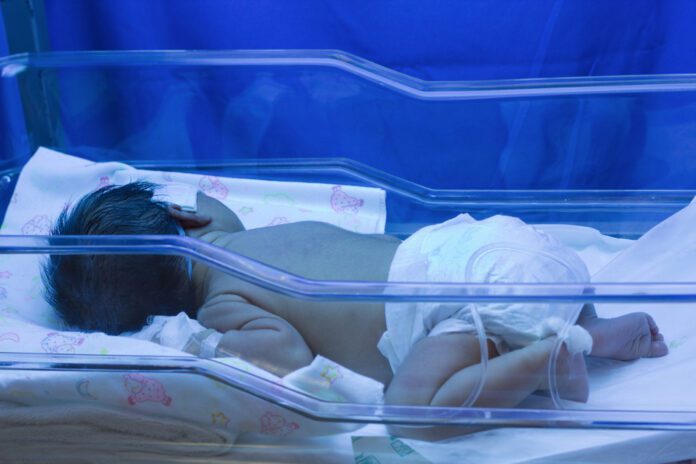Overview Of Bilirubin-Induced Neurologic Dysfunction (BIND)
Bilirubin-induced neurologic dysfunction (BIND) is a rare neurological condition that occurs in some newborns with severe jaundice.
Commonly Associated With
Bilirubin encephalopathy (BE); Kernicterus
Causes Of Bilirubin-Induced Neurologic Dysfunction (BIND)
Bilirubin-induced neurologic dysfunction (BIND) is caused by very high levels of bilirubin. Bilirubin is a yellow pigment that is created as the body gets rid of old red blood cells. High levels of bilirubin in the body can cause the skin to look yellow (jaundice).
If the level of bilirubin is very high or a baby is very ill, the substance will move out of the blood and collect in the brain tissue if it is not bound to albumin (protein) in the blood. This can lead to problems such as brain damage and hearing loss. The term “kernicterus” refers to the yellow staining caused by bilirubin. This is seen in parts of the brain on autopsy.
This condition most often develops in the first week of life but maybe seen up until the third week. Some newborns with Rh hemolytic disease are at high risk for severe jaundice that can lead to this condition. Rarely, BIND can develop in seemingly healthy babies.
Symptoms Of Bilirubin-Induced Neurologic Dysfunction (BIND)
The symptoms depend on the stage of BIND. Not all babies with kernicterus on autopsy have had definite symptoms.
Early-stage BIND:
- Extreme jaundice
- Absent startle reflex
- Poor feeding or sucking
- Extreme sleepiness (lethargy) and low muscle tone (hypotonia)
- Middle stage:
- High-pitched cry
- Irritability
- May have arched back with the neck hyperextended backward, high muscle tone (hypertonia)
- Poor feeding
Late-stage BIND:
- Stupor or coma
- No feeding
- Shrill cry
- Muscle rigidity, markedly arched back with the neck hyperextended backward
- Seizures
Exams & Tests
A blood test will show a high bilirubin level (greater than 20 to 25 mg/dL). However, there is not a direct link between bilirubin level and degree of injury.
Normal value ranges may vary slightly among different laboratories. Talk to your doctor about the meaning of your specific test results.
Treatment Of Bilirubin-Induced Neurologic Dysfunction (BIND)
Treatment depends on how old the baby is (in hours) and whether the baby has any risk factors (such as prematurity).
It may include:
- Light therapy (phototherapy)
- Exchange transfusions (removing the child’s blood and replacing it with fresh donor blood or plasma)



